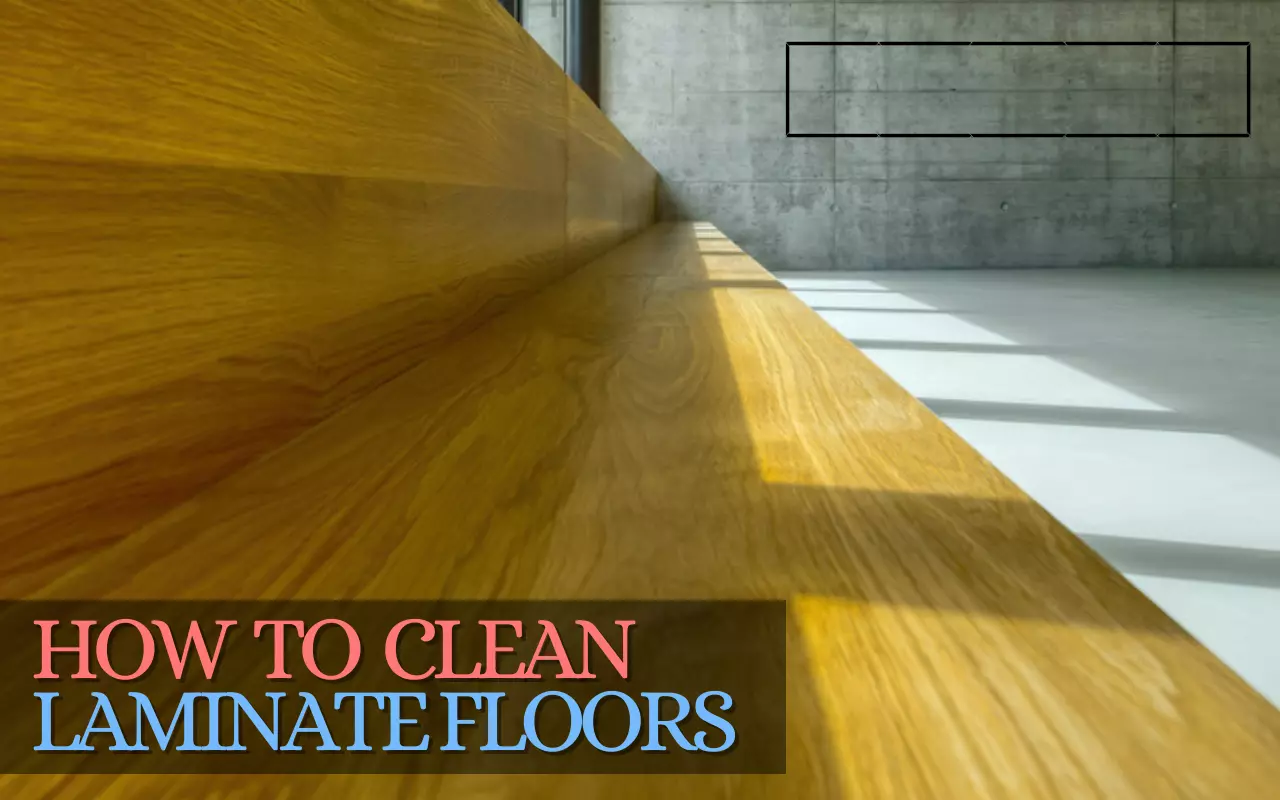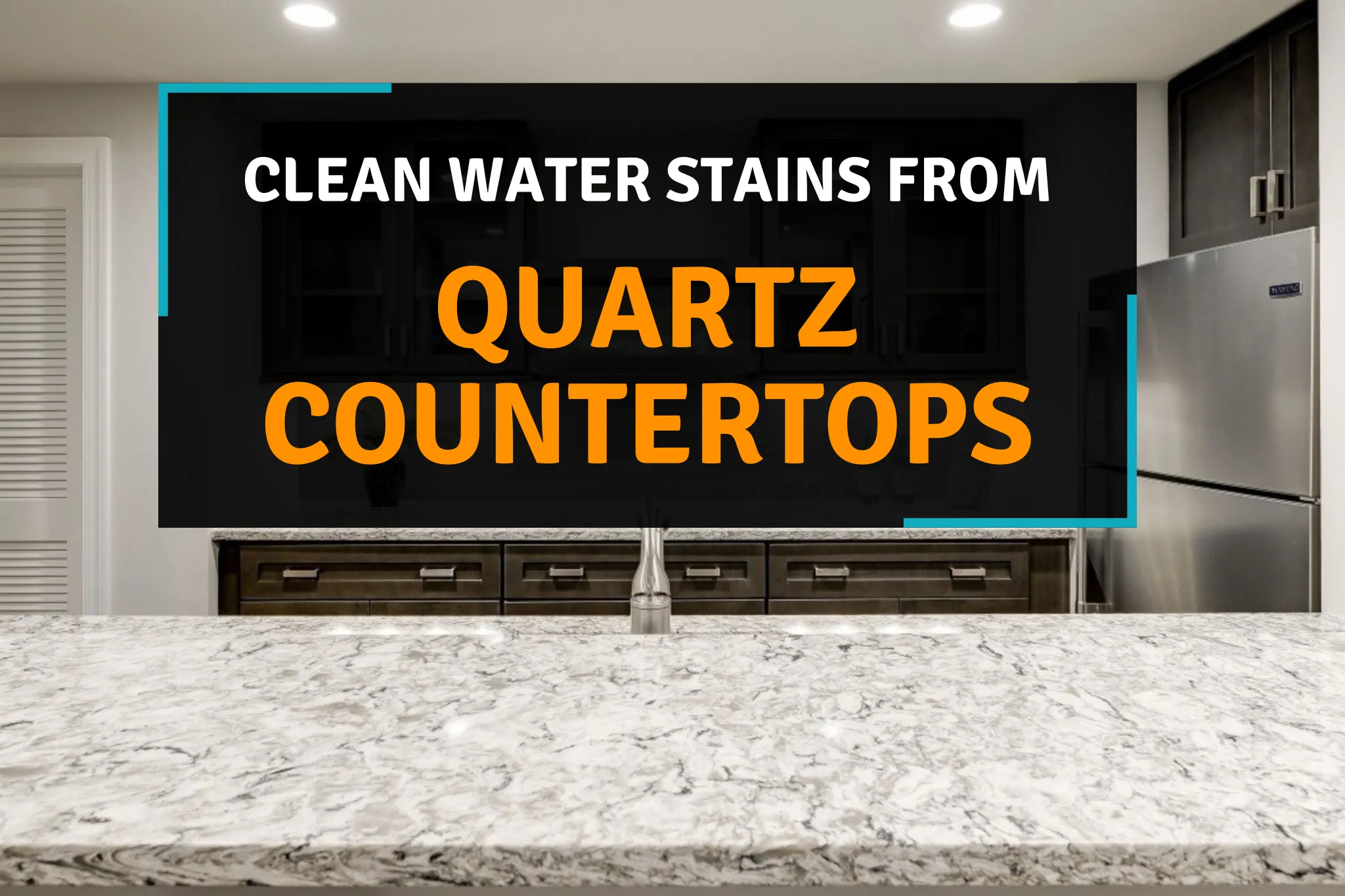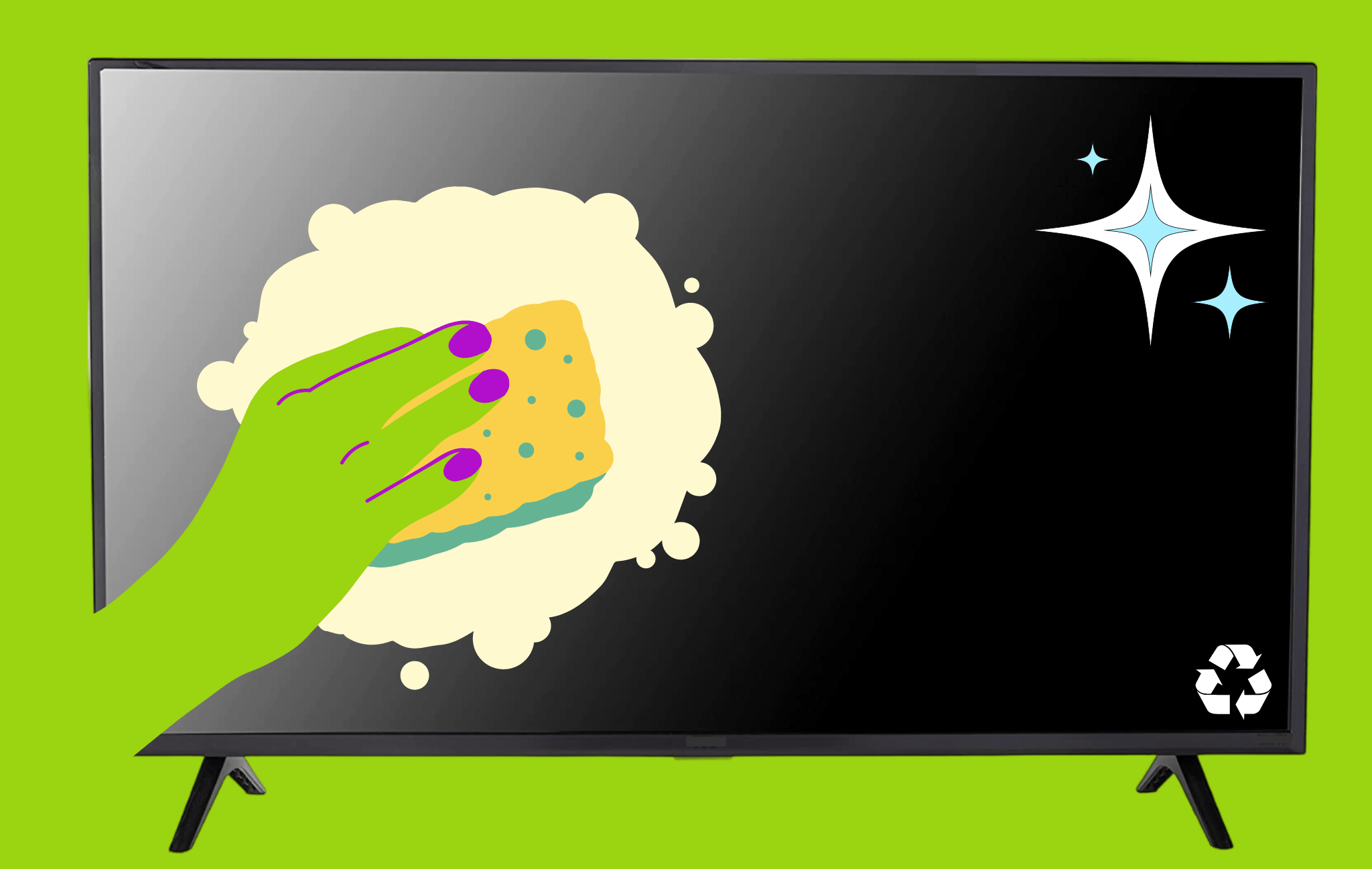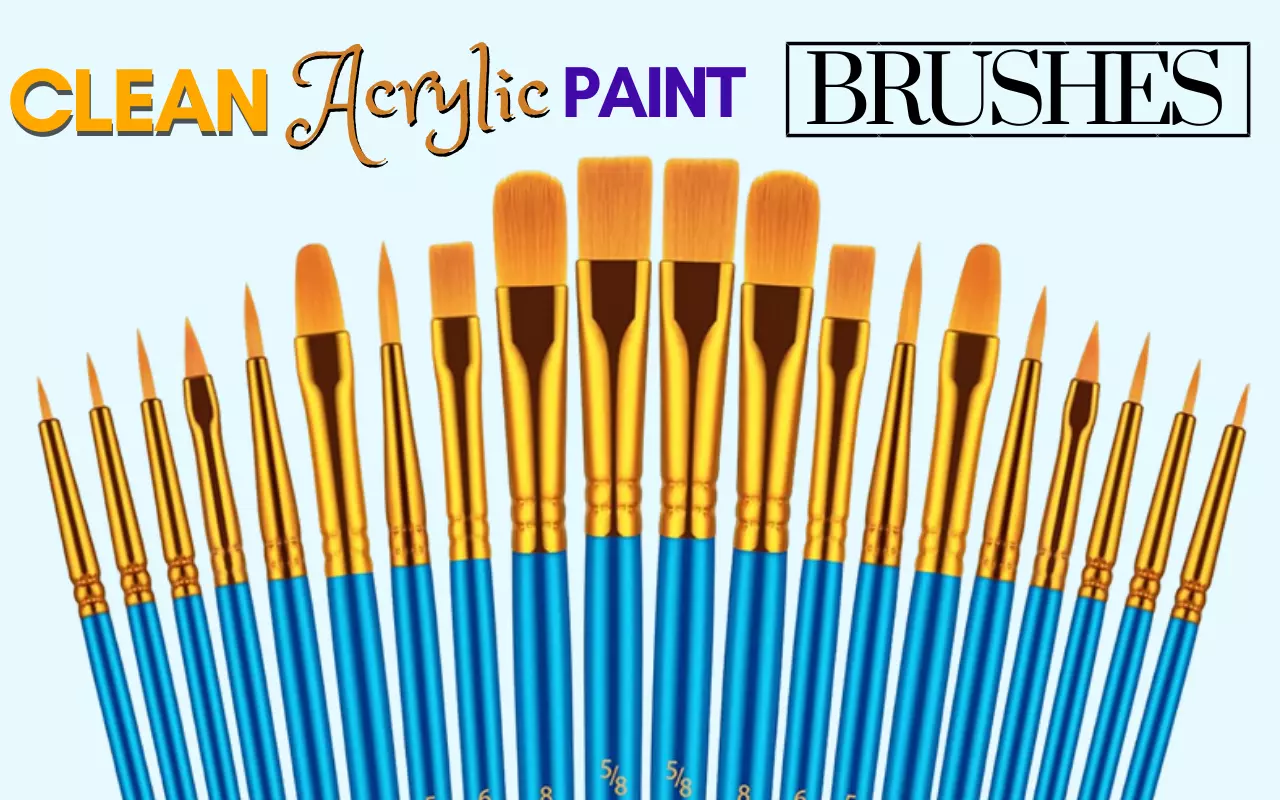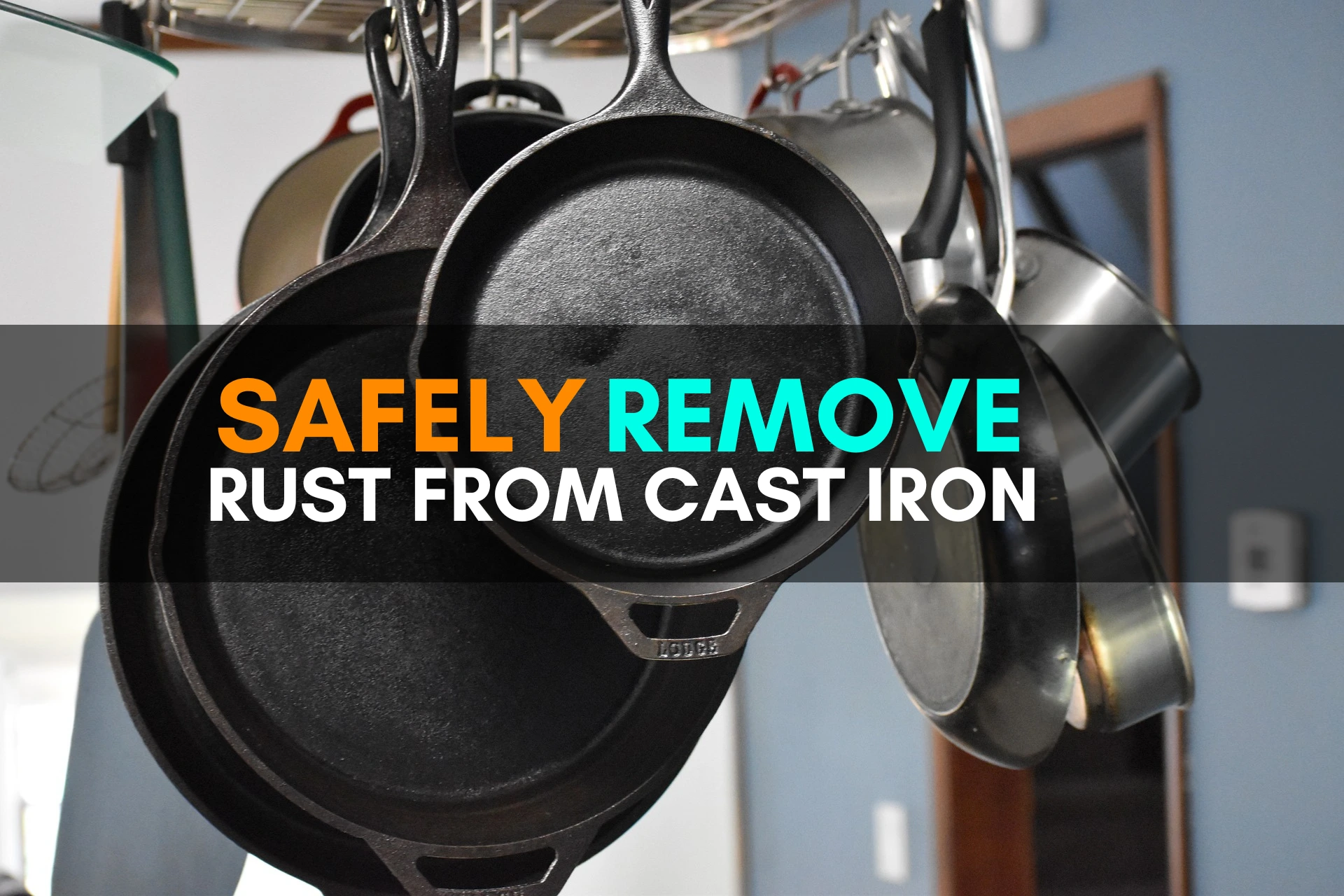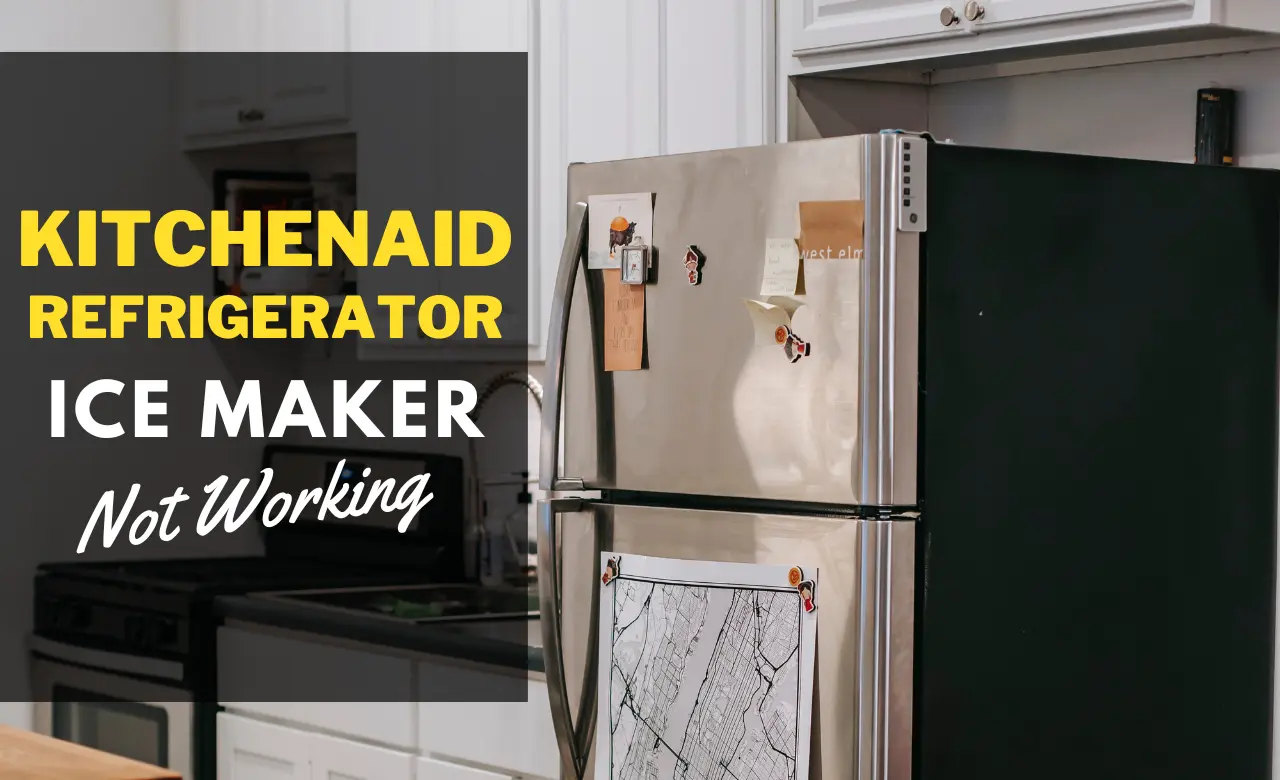How to Clean Laminate Floors Without Leaving a Film
So, how to clean laminate floors without leaving a film? Follow our advice and guidelines carefully to get the solutions. Never again must you traverse an unclean laminate floor. In this tutorial, we’ll walk you through each step required for cleaning laminate floors, which can become dirty and lose their luster for various reasons. Feel free to follow each step exactly to achieve the best results or make changes to the suggested steps to suit your preferences better. To clean laminate wood floors without leaving a film, however, the following supplies are needed: What do you need to follow in this tutorial? Vacuum cleaner – It’s very practical for removing dirt and debris from the floors. Additionally, confirm that the machine has the appropriate brushes for cleaning the surfaces of your specific laminate flooring. Microfiber floor mop pads – It will be necessary to remove all lingering stains and marks on the floors. Thanks to the microfiber pads, you can be sure that you won’t scratch the floors. Solution for cleaning – Any all-purpose laminate floor cleaner will do, and adding rubbing alcohol is advised if you want the drying process to go more quickly. If you need a cleaner solution, it is frequently possible to clean laminate floors with vinegar. PU sealer solution – Get the proper PU sealer solution based on the type of laminate flooring you have to keep a nice coating on the surfaces.Specific PU sealer cross-linker – You should purchase the suggested cross-linker based on your chosen PU sealer product. Small container – This mixes and stores your PU sealer solution.Soft-bristled paintbrush – This is necessary to apply the coating to the floor’s edges. Roller with microfiber paint –Finish applying the PU sealer with this. It’s time for you to proceed to the next step now that all the materials and tools have been prepared. Related to Linoleum Floors! 8 Easiest Ways To Clean Linoleum Floors – House Digest How To Restore Old Linoleum Floors ALSO READ: How To Clean Floor Tiles The Best Way To Deep Clean Tile Floors A Step-By-Step Guide to Clean Laminate Floors We’ll show you how to deep clean laminate floors and remove annoying hazes and films. How to Clean Laminate Floors Without Leaving a Film Vacuum the floor. Here are the precise instructions for anyone unsure how to clean laminate floors. To move the cleaner head freely along the floor’s surface, attach the soft roller and turn on the machine. To avoid stepping on cleaned areas and dirtying them, move backward from one end of the room to the other. To prepare the floors for the next step, give the floor several runs to remove any trash and dust. Wet mop the floor I’m using a spray mop to clean the laminate floors, and it comes with soft, machine-washable microfiber pads that you can reuse numerous times. Start by adding the cleaning solution to the spray mop’s water tank. Then, depending on the products you’re using, continue by dilution with a specific amount of water. Finally, I like to add 2.5 cups of rubbing alcohol because it will speed up the drying process, which is helpful when cleaning laminate wood floors. After all, the material is partially water-resistant. When the cleaning solution is prepared, all that is left to do is mop the floor using the same motions that you used to vacuum it. Avoid stepping on freshly mopped surfaces to prevent hazel from being created as you move. To completely cover the floor, periodically press on the spray handle to apply the cleaning solution. Just wait for it to dry when you get to the end of the floor before continuing. Apply PU sealer Most laminate floors have a final coating layer applied by the manufacturer to protect the wooden surfaces from harmful materials and give them a natural shine. However, this layer frequently falls short when handling normal wear and tear. You can begin combining the cross-linker and PU sealer solution once the floor has been thoroughly cleaned and dried off. They should be poured into the container and properly mixed until combined. Therefore, you’ll need to reapply the coating occasionally to keep the shine on the wooden floors and guard them against scratches. You can polish laminate floors in the most thorough yet straightforward manner possible by following the below steps. Using the soft-bristle paintbrush, begin sponging the solution onto the floor’s edges. Just dip and brush the PU sealer over the edges; be sure to keep a thin layer of PU sealer on the edges. Next, dispense a certain quantity of PU sealer and roll it on the floor with the paint roller. Before you have completely coated the entire surface, repeat the step a few times. Before you begin walking on the floor, it is advised that you leave it unattended for at least two hours to allow it to dry completely. You can also add a second coating layer after completely drying the first one for improved coating effects. Take good care of the floor. Lastly, taking good care of the floor daily is the most crucial step in cleaning laminate floors without leaving a film. Start by being gentle with the laminate wood floors and avoiding wearing heels or hard shoes. It’s crucial to regularly trim your pet’s nails if you have them to reduce scratch damage. You only need water to clean a properly polished and well-coated wooden floor surface, but you should do this frequently. Continue mopping the floor daily by adhering to the directions from the second step. It will take a little time, and you can contribute to keeping the floor spotless and shining. Conclusion You will undoubtedly find the tutorial simple to follow, with clear and concise instructions. So be sure to follow the instructions for cleaning and polishing your laminate floors. You might only need to follow some of the procedures, depending on how your laminate floors are currently. Make sure to clean your floors as needed, and you can enjoy your family’s beautiful … Read more

